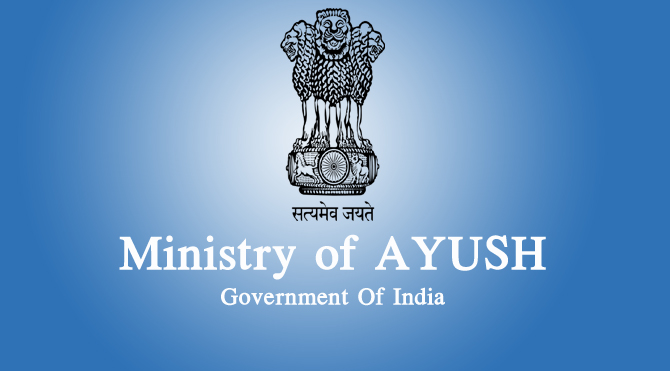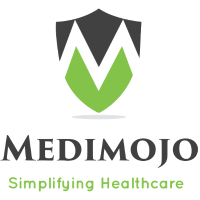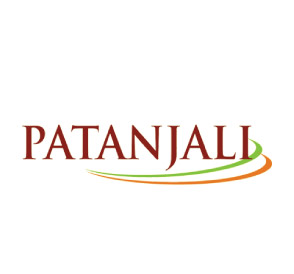
 With innovations in medical devices market, Health IT segment has caught pace with medical technology, leading to creation of an integrated ecosystem of healthcare information management systems
With innovations in medical devices market, Health IT segment has caught pace with medical technology, leading to creation of an integrated ecosystem of healthcare information management systems
Technology is slowly ushering a new revolution in the healthcare sector in India. Doing away with complicated operations, technical glitches and high costs, the market has now opened up for easy to use, low-cost, cloud-hosted models that can run on your devices and computers seamlessly. Automation and personalised patient-care and service have created a need in the market for IT in laboratories, diagnostics centres, clinics and hospitals. The future of IT in healthcare will witness convergence of medical-IT-Telecom technologies in large scale projects. Simultaneously localised product design and development is driving the innovation wheel of medical-IT interface in remote monitoring, telemedicine, mobile applications, and point-of-care test among others. The new ecosystem of large-mediumsmall players in the healthcare IT space is poised to change the market dynamics with low cost, innovative and patientcentric products.

|
According to PwC, mobile technology will play a significant role in the provision of healthcare services globally, and the growth of the mHealth market will lead to a revenue opportunity worth Rs 3000 crore for India and USD23 billion for the world by 2017 |
360 degree patient care
Conventionally known to be affordable only by large hospitals and clinics, health IT has changed its avatar with time. India today is demographically one of youngest countries, and witness to significant rise in middle class population. They demand quality in healthcare facilities and personalised care. Thus in the urban healthcare sector the industry has seen a shift from hospital-centric to patient-centric approach. The hospitals and clinics now send personalised messages customised to the health condition and preventive care of each of their patients. This ensures a monitoring tracking of their health indicators by use of integrated patient information management systems. In its recent report, Cognizanthas highlighted the key trends that will reshape the future of healthcare. It mentions Accountable Care Organisations (ACOs) and patient-centered medical homes (PCMH) that includes physicians, hospitals, payers and vendors operating under the basic premise of shared risks and rewards tied to patient outcomes.

Patient care can transform from an episodic model to a continuum, with an emphasis on prevention, wellness and management. This will open a new range of IT integrated communication channels that give the patient a 360 degree engagement model with the hospital which includes patient health records, diagnostic reports, appointments and preventive care updates on mobile. Thus business opportunities in clinical decision-support, customer relationship management (CRM) and business intelligence tools that provide actionable information and alerts are on the cards. Instead of the patient coming to the hospital, the future will take the hospital to the patients home and hand-held devices will be available anytime anywhere.
 Rural connect
Rural connect
The government spend on healthcare has increased by 25 percent on a year-on-year in the fund allocation in 2012-13 budget with an outlay of ` 20,822 crore. National Rural Health Mission (NRHM) is the flagship scheme to take quality healthcare delivery to rural areas across India. With increased budget allocations this financial year, rural healthcare and government will be a key spender on information technology systems to facilitate delivery of quality healthcare in rural areas.
As the sprawl of rural health infrastructure expands with new large and small hospitals and healthcare units, this willopen windows of opportunities to myriad health IT vendors across the spectrum for healthcare information management systems (HMIS), including the hardware providers like desktops, storage, security, networking equipments
etc in addition to software such as digitisation of health records, smart cards, etc will benefit from the fund allocation. The HMIS system is being expanded on various dimensions including sub district level penetration and integration with other National Health Programmes so that the HMIS becomes a single point of reference for all health related information. Taking advantage of the reach of rural telephony and Internet, the centre and states have also launched telemedicine schemes and projects that can be tapped by tele-medicine service and equipment providers.

Virtual Care and Tele-health
According to PwC, mobile technology will play a significant role in the provision of healthcare services globally, and the growth of the mHealth market will lead to a revenue opportunity worth ` 3000 crore for India and USD23 billion for the world by 2017. India has witnessed significant activity in the mobile health space with the launch of several different services; however the majority of initiatives are focused on spreading prevention and awareness messages.
According to the report, the mobile health market opportunity for India will constitute 8 percent of the total Asia- Pacific opportunity in 2017. Virtual care or telemedicine is gaining acceptance amongst both providers and patients in India, thus the market is opening up to enabling technologies, such as home telemetry systems, wireless device communication technologies, and remote monitoring technologies-these will bring specialists accessible to patients in the remotest areas of the country.
Technopak Advisors estimate the current size of the Indian telemedicine market to be around USD 7.5 million, expected to grow at CAGR of 20 percent over the next five years to around USD 18.7 million by 2017. The major cost advantage in telehealth will come from cloud technology to address the healthcare infrastructure, and doctors-patient ratio challenges in India. The cloud platform has created much buzz in the enterprise sector also promises to transform the healthcare sector in India. The power of cloud gets multiplied when it rides on mobility and tele-presence. According to trends, the future of technology deployment in healthcare will witness new unwired business models that will enable a 24X7 accessibility platform to access health information. These provide an opportunity for new entrants to leapfrog bricks-and-mortar and go directly to virtual integrated healthcare delivery models. The advent of virtual care is already a reality in most of leading hospitals in metro cities; the wider reach and usage of tele-medicine in India with see a rise in mobile and tele-health applications for urban and rural healthcare delivery systems. Remote monitoring devices will dramatically change how patients and providers interact. Network development strategies will change to accommodate online networks and reimbursement models for e-consultants participating on tele-health platforms.
Health Insurance
Indian health insurance market is upbeat on growth prospects and this can be a riding industry for IT companies to partner for customised solutions around CRM, EHR, patient monitoring systems. There has been many initiatives taken by the government to offer insurance coverage such as the national government sponsored schemes: Rashtriya Swasthya Bima Yojana or state sponsored initiatives such as Aarogyasri. With increasing IT applications and insurance penetration, the demand for EMR is expected to show robust growth in next few years. The need for management of patient data and history by insurance companies has also led to the adoption of IT by many hospitals and practitioners. Privacy and security of patient data will also be a need of this segment in the future. The encouragement of PPP in healthcare insurance will be a key catalyst for growth, encouraging private IT vendors to partner with government in these schemes in the future.
Growth charter
Over the years, IT in healthcare has had major applications primarily in the administration information systems and clinical information systems. Information technology when unleashed in the healthcare sector can address the dire needs of accessible, available and affordable healthcare in India. Innovation and new technology platforms are driving applications and services overdrive in the healthcare sector. As the world prospects in India as an investment hub for its population and scale of adoption, the time is right for healthcare Information technology companies to hit when the iron is hot and most of the new demand trends emerging for both rural urban healthcare market in India.
Be a part of Elets Collaborative Initiatives. Join Us for Upcoming Events and explore business opportunities. Like us on Facebook , connect with us on LinkedIn and follow us on Twitter , Instagram.












